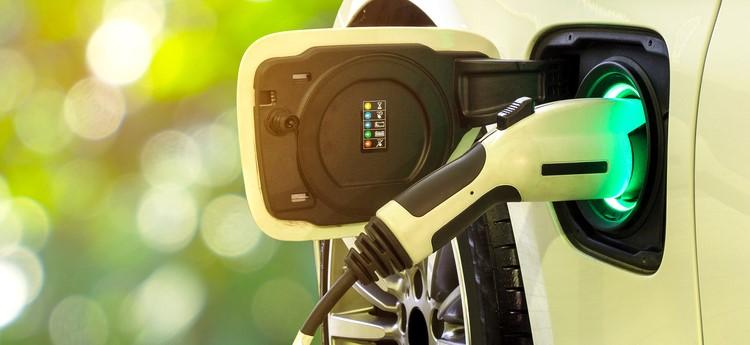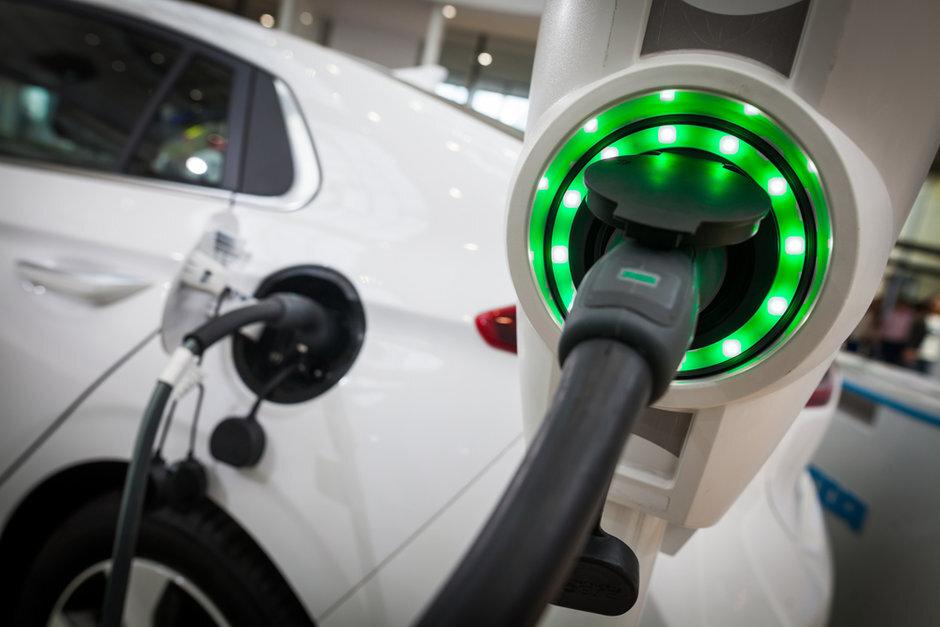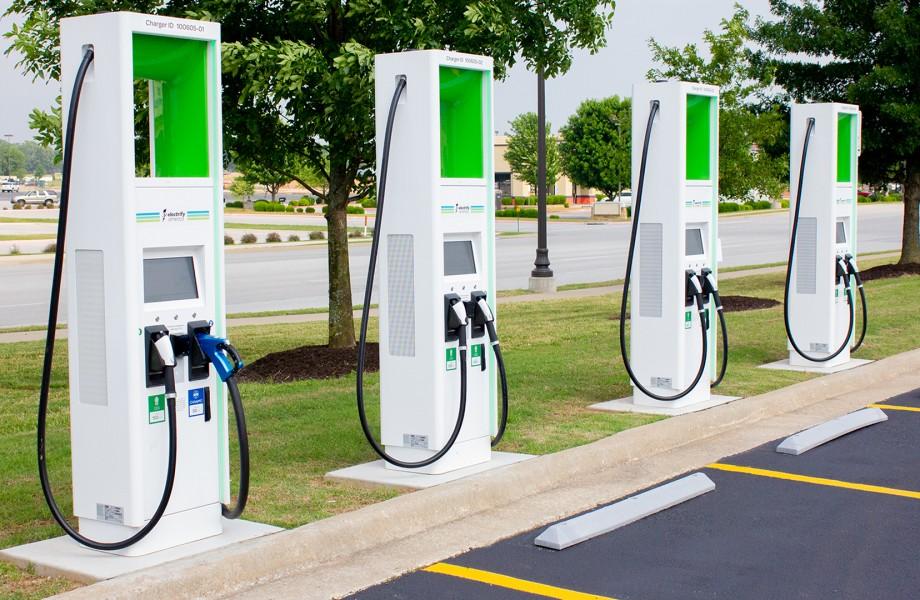Estimating an IoT Project. EV Charging Station Development — Part1


Any IoT project consists of the following major parts: the device (hardware+firmware), the cloud (database+back-end), the front-end (dashboard), and the optional mobile app. The complexity of each part varies depending on the business requirements, the field of application (standards compliance), the scale of the system, the amount of data to be transferred/processed, integration with payment systems, mobile platforms support, etc.
There are many IoT technologies on the market that promise to accelerate the development of your IoT solution. However, if your goal is to develop a new competitive product that will satisfy customer needs, some extra efforts are required to customize the solution and bring some innovations.
Let’s review the project complexity and make some estimations based on the example of the electric vehicle supply equipmentdevelopment, up until the MVP stage.
EV CHARGING STATION ON THE RISE
In recent years, the popularity of green energy applications has been increasing around the world. Governments also encourage the use of low-carbon energy sources to reduce environmental pollution and save funds.
That’s why people have been increasingly buying EVs instead of ordinary gasoline cars. Thus, everybody needs the respective infrastructure and accessories. And the biggest demand is the EV chargers. There are several types of them. The most common EV charging method is the EVSE Level 2. They support medium charging speed and fit both private and public facilities (like public areas, parking garages, and commercial businesses).

ESSENTIAL STAGES OF EVSE DEVELOPMENT
Any IoT product usually goes through the following development stages.
And the electric vehicle supply equipment development is not an exception. The market for EV chargers is growing. And when the customer comes with the idea to develop the new device, they usually need a flexible solution that could be seamlessly integrated with the existing infrastructure (for example, to charge the EV from the solar panels energy or wind turbines that they are selling). Sometimes, at this stage, the customer may need some support to settle down the project ideas. And the developer company may offer the support of their engineer.
Requirements analysis
Before the implementation starts, the engineers need the detailed electric vehicle supply equipment requirements. It is great if a customer comes with a well-prepared project description or even has a PoC device. However, we assume that we have to start the project from scratch. This stage implies close cooperation of both sides: developers (a system engineer) and customer representatives (a product owner). They comprehensively discuss all product features and use-cases. For the EVSE development these are:
- Maximum power limit
- End-user interaction elements (buttons, LCD, indicators, NFC/RFID, etc.)
- Connectivity features (Ethernet, Wi-Fi, BLE, Lora, 4G/LTE-M, etc.)
- User dashboard
- Mobile application
- Integration with existing customer’s infrastructure
- Enclosure shape and working conditions
- European, US, Asian standards compatibility
The generation of requirements usually involves one or two engineers and may take up to two weeks.

Calculating costs
It’s worth mentioning that some software development companies even offer web calculators to estimate the overall cost of the IoT project and EVSE installation. That is a very helpful tool despite its main feature is not project cost estimation. It rather provides the customer with available options that could be added to the product and helps the SW company to understand the customer goals. This tool may slightly reduce the time spent on the idea and requirements generation stages.
MVP phase
Before the delivery of the complete product sample, the implementation process goes through few product prototypes. The first phase is a minimal viable product (MVP). The MVP demonstrates the major functionality and verifies the main hardware and software components. The start point for prototype development is the overview of the existing open-source resources: like Open EVSE charger project and EmonCMS cloud service.
Open EVSE project
The Open EV charger project offers the complete DIY kit to assemble electric vehicle supply equipment manually. It also supports integration with EmonCMS which is a web app for logging and visualizing energy production/consumption. However, since a customer is going to bring some innovations to the product, the open-source-based solution wouldn’t be suitable in 99% of cases and the MVP phase helps to realize that. In spite of Open EVSE limitations (no three-phase support, no LIN control pilot, poor power metering accuracy, etc.), it is a good reference to start with.
Continuing with the MVP
Let’s assume the customer requests to add three-phase support, Ethernet, NFC, and the LED indication instead of the LCD. Replacement of the relays, STM32F4xx based controller board design, adding NFC controller, and RGB LED bar takes about 6 weeks of cooperation between two engineers (electronics and firmware).
Additionally, the MVP device manufacturing (and delivery) takes about 3 weeks. The EmonCMS service is good enough for MVP demonstration and may be an alternative solution if the customer is not ready to start cloud development at this stage.
However, that doesn’t mean that the product could be developed so easily. The final EV charging station product usually implies a lot of extra work to do to implement all required features and to take care of industrial standards and certification.
THE FOLLOWING EV CHARGING STATION DEVELOPMENT STAGES
Continue reading about the following stages and electric vehicle supply equipment development specifics in part 2 of the article. Meanwhile, feel free to contact specialists at Sirin Software to clarify any details or discuss your EVSE development project.